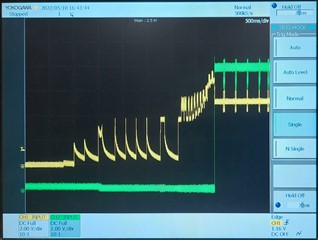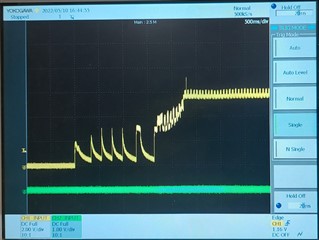We have integrated the BQ51013B-Q1 wireless receiver into a custom hardware design but our design has variable performance when attempting to operate with off the shelf charging pads. In some cases the device will not charge at all.
We believe that this issue may be due to the foreign object detection feature. We would like to perform a FOD calibration but it appears that the recommended calibrated transmitter is no longer available.
Are there updated guidelines, FOD calibration app and alternate transmitter kits that we can use to complete this work?
The design is using a Wurth dual WPT/NFC coil (Part # 760308103307).
Thanks.




